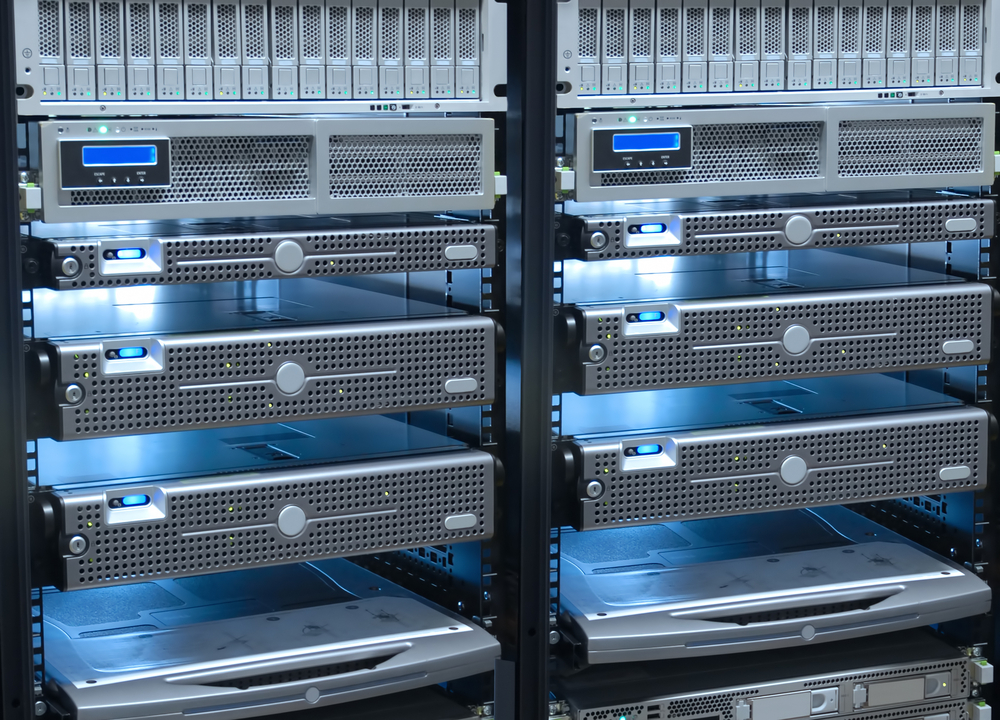Tech
NetApp & Qtree Breakouts

IT environments that are upgrading their NetApp storage from DataONTAP 7.X to Clustered DataONTAP (8.X) have a significant challenge ahead of them. 7 mode NetApp systems organize data in qtrees, but Clustered DataONTAP systems don’t support qtree file structures. Moving to the new system requires that Qtree data structures be converted to volumes, which is what’s referred to as Qtree breakout.
For customers undergoing the transition, as well as for the NetApp teams, resellers and consultants supporting the transitions, this process can be a huge challenge. The preferred method of moving data from an old NetApp array to a new one is to leverage the data moving capabilities of Snap Mirror array based replication software. This works great when there is no data transformation taking place during the transition. All data is quickly and easily moved as-is from the old system to the new one. But in cases where the data needs to change, for Qtree breakout, for upgrades of aggregates from 32 bit to 64 bit, or for any other business or technology reason, Snap Mirror can’t do the job.

Without a data migration software option from NetApp that can handle Qtree breakouts effectively, customers are left in the lurch. Customers end up using a combination of free copy utilities like Robocopy and Rsync as well as custom scripting and costly consultants to execute the migration. Such an approach often requires swing space, temporary holding capacity where data can be transformed prior to being moved to the long-term target system. All of this adds up to a costly, complex and risky process that takes skilled resources away from more valuable tasks, and often drags on for months.
An enterprise class software platform for data migration that’s tightly integrated with NetApp storage systems and can handle qtree breakouts automatically and doesn’t require investment in temporary swing space is a much better approach. Such an approach takes the guesswork out of planning, designing, executing and validating the data migration. It also dramatically reduces the cost and the duration of the migration activity.
NetApp has put their customers in a tricky spot, making a NetApp to NetApp migration, which is normally a trivial activity, a significant and costly effort. Before customers throw their hands up and pass on the benefits of Clustered DataONTAP or look to another NAS vendor to fill their file storage needs, they should give serious consideration to a third party data migration solution that’s built to solve the qtree breakout challenge.
-

 Tech11 years ago
Tech11 years agoCreating An e-Commerce Website
-

 Tech11 years ago
Tech11 years agoDesign Template Guidelines For Mobile Apps
-

 Business6 years ago
Business6 years agoWhat Is AdsSupply? A Comprehensive Review
-

 Business10 years ago
Business10 years agoThe Key Types Of Brochure Printing Services
-

 Tech8 years ago
Tech8 years agoWhen To Send Your Bulk Messages?
-

 Tech5 years ago
Tech5 years ago5 Link Building Strategies You Can Apply For Local SEO
-

 Law5 years ago
Law5 years agoHow Can A Divorce Lawyer Help You Get Through Divorce?
-

 Home Improvement6 years ago
Home Improvement6 years agoHоw tо Kеер Antѕ Out оf Yоur Kitсhеn































